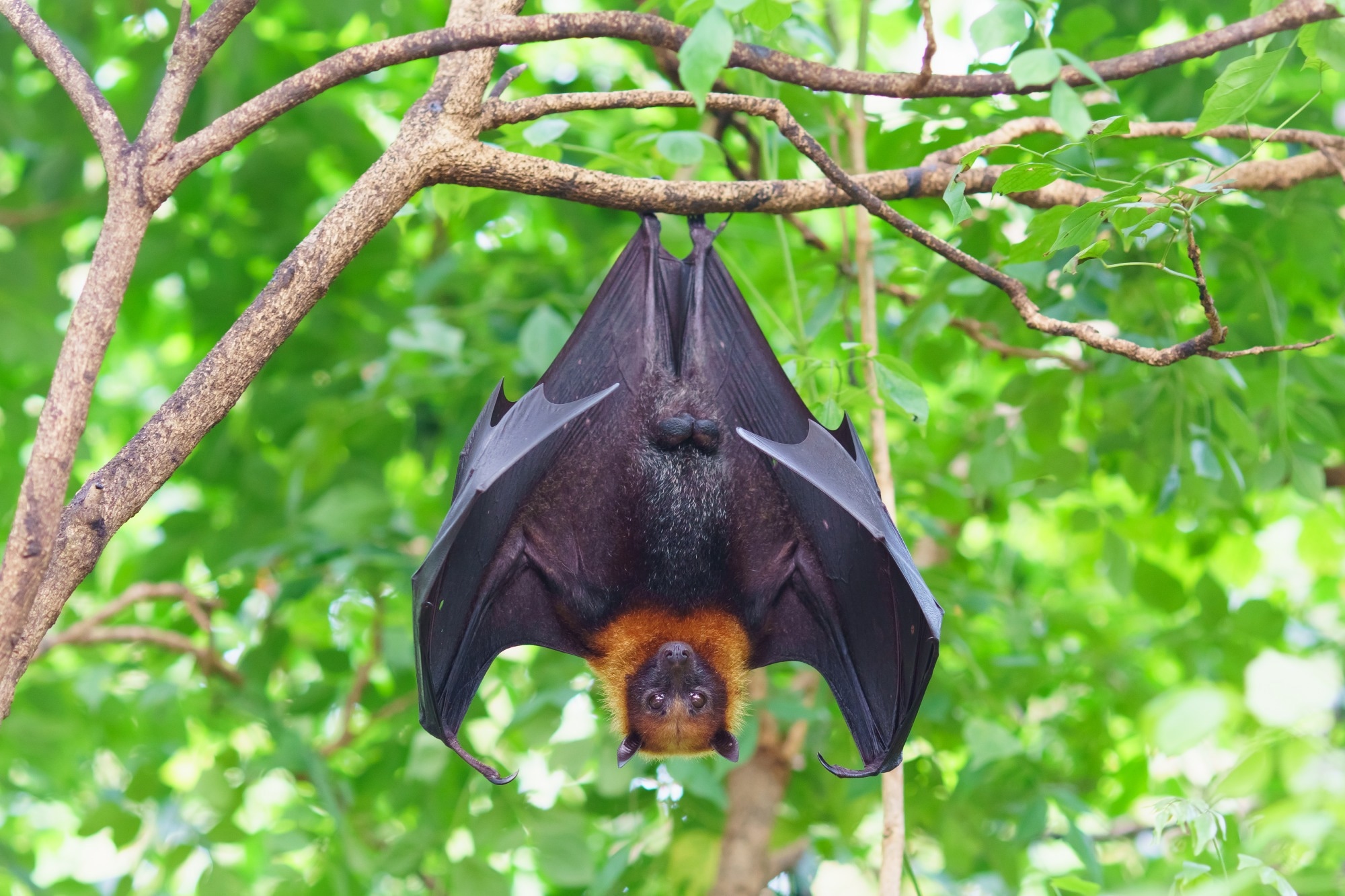Sarbecoviruses, such as severe acute respiratory syndrome coronavirus 2 (SARS-CoV-2), are a subgenus of Coronaviridae that predominantly infect bats. Research has shown that such viruses also have the potential to infect humans. Sarbecoviruses are most likely to emerge in populations in Southeast Asia, which have not been adequately surveyed to date. A new study published in the International Journal of Infectious Diseases surveyed communities in rural Myanmar to study their exposure to sarbecoviruses and interaction with wildlife.
 Study: Exposure to diverse sarbecoviruses indicates frequent zoonotic spillover in human communities interacting with wildlife. Image Credit: jekjob / Shutterstock
Study: Exposure to diverse sarbecoviruses indicates frequent zoonotic spillover in human communities interacting with wildlife. Image Credit: jekjob / Shutterstock
Background
The coronavirus disease 2019 (COVID-19) pandemic has highlighted the urgent need to monitor zoonotic spillovers. In Asia, Europe, and Africa, Rhinolophus spp. bats are considered natural reservoirs of sarbecoviruses. South and Southeast Asia are highly significant for wildlife surveillance due to the concentrated numbers of SARS-related coronaviruses (SARSr-CoVs).
Research into the correlations between sarbecovirus infections in humans and activities that bring them in close contact with bats is scarce. Studies should characterize the currently unrecognized sarbecoviruses that are circulating and evaluate their potential to spillover over to people.
In Myanmar, in response to the pandemic, many human surveillance programs were utilized to analyze exposure to sarbecoviruses. The aim was to understand heterogeneity across geographic regions, types of human behaviors, and potential species implicated in the spillover of sarbecoviruses.
About the Study
Communities engaged in bat guano harvesting and extractive industries and from rural areas in Myanmar were surveyed for this study. Three surveillance studies were conducted between July 2017 and February 2020. For the participants, their interaction with wildlife and exposure to sarbecoviruses were evaluated to narrow down factors associated with virus exposure.
To evaluate associations between animal contact risk and human demographic factors, all covariates were first evaluated to rule out potential confounding. To determine associations between high-risk human-animal contact behaviors and seropositivity for sarbecoviruses, Pearsons ��2 tests were used.
Key Findings
The study's findings showed participants' exposure to diverse sarbecoviruses, which have not infected humans yet. Extractive industries and bat contact were the exposure patterns that positively correlated with seropositivity. This highlighted the importance of zoonotic transmission over human-to-human transmission.
The absence of human-to-human transmission and the remote nature of the viruses (e.g., B21065, LYRa11, and WIV-1) could explain why many of them are not recognized by the global community yet. The findings echo the importance of sustained surveillance at the rural wildlife-human interface in Southeast Asia. This geographic region has a high level of mammalian diversity, and the future emergence of zoonotic diseases is quite likely.
The seropositivity rate was observed to be high in people engaged in extractive industries, particularly logging. Humans are brought closer to wildlife in this profession through bushmeat hunting and proximity to the forest, and as a result, the risk of zoonotic transmission rises. This highlights the importance of vigilance and access to infectious disease diagnostics in these communities. Similar results have been documented in other studies conducted in Myanmar and globally.
A significant risk factor for exposure to sarbecoviruses was direct contact with bats through slaughtering or hunting. Similar studies conducted in China have documented possible human infection by bat SARSr-CoVs viruses in humans living near caves known to have a high diversity of bat SARSr-CoVs. Additionally, mammalian species experiencing loss of habitat quality have been responsible for more zoonotic spillovers. Thus, it is imperative to understand habitat loss and the occupations bringing bats closer to people, which should be key for informing public health mitigation measures.
An sVNT antibody reactive to SARS-CoV-2 was detected that did not neutralize SARS-CoV2 in PRNT assays. This indicated that the participants could be exposed to other viruses within the Sarbecovirus genus. Antibodies against RaTG13, the closest known relative to SARS-CoV-2, were the most identified antibodies in this study. The cross-reactivity with closely related yet to be discovered or known sarbecoviruses could be an explanation for the findings.
Molecular and structural analysis of the receptor binding domain (RBD) of RaTG13 showed binding affinity to the human ACE2, in addition to ACE2 orthologs in 24 other species. This provided evidence of RaTG13 having the potential to infect humans. The data hinted towards RaTG13 most frequently spilling over to people in the study regions. This result is not unexpected, given RaTG13 was first discovered in a cave in Yunnan, China, which is along the Chinese border with Myanmar.
Conclusion
The fact that zoonotic spillover is occurring is proven by the documented exposure to diverse sarbecoviruses among high-risk human communities. These findings can appropriately guide risk mitigation efforts essential to curb disease transmission at the human-bat interface. Additionally, they can also inform future surveillance efforts to monitor viruses with pandemic-causing potential.